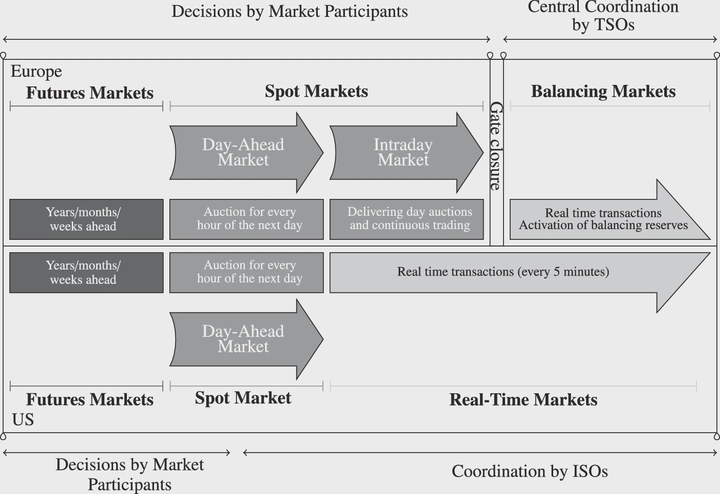Why Do Pricing Rules Matter? Electricity Market Design with Electric Vehicle Participants

Abstract
The energy transition, a process in which fossil fuels are being replaced by cleaner sources of energy, comes with many challenges. The intrinsic uncertainty associated with renewable energy sources has led to a search for complementary technologies to tackle those issues. In recent years, the use of electric vehicles (EVs) has been studied as an alternative for storage, leading to a much more complex market structure. Small participants are now willing to provide energy, helping to keep the desired balance of supply and demand. In this paper, we analyse the electricity spot market, providing a model where EVs decide to participate depending on the underlying conditions. We study pricing rules adapted from versions currently in use in electricity markets, and focus on two of them for our experimental settings: integer programming (IP) and extended locational marginal (ELM) pricing. We particularly pay attention to the properties those prices might satisfy, and numerically test them under some scenarios representing different levels of participation of EVs and an active demand side. Our results suggest that IP pricing generally derives larger individual uplift payments and further produces public prices that are not well aligned with the final payments of market participants, leading to distortions in the market.